Bush tucker’s top 20
We have our own species that provide unfamiliar twists to familiar foodstuffs.
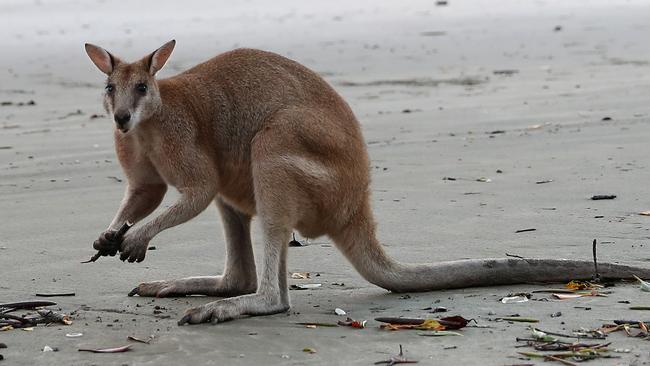
Dear Joan (Roca), Daniel (Humm) and Yoshihiro (Narisawa). And all your other mates from the world’s hottest restaurants coming to infest Melbourne during April for the World’s 50 Best Restaurants gig.
Some of you have been here before. Some, like Rene (Redzepi), Heston (Blumenthal) and Massimo (Bottura) can’t stay away. But for many, it will be a maiden voyage down under.
So here’s the thing: this is a very big, very old island. We have stuff here you’ve never seen before, and probably won’t see anywhere else. And we have our own species that provide unfamiliar twists to familiar foodstuffs, too. A lot of it has kept Australia’s indigenous population alive for millennia. Well, we want you to go home stimulated.
So here are 20 things you need to tick off your list when you’re here. Eat up.
Wallaby. Skippy’s smaller, darker cousin. This marsupial has a rich yet delicate flavour milder than that of kangaroo and is consistently tender. It is ethically harvested by professional shooters without stress. Typical cuts are fillet, leg or steak. If you can try the tail, all the better. “In many ways it makes a lot of sense to eat meat such as kangaroo and wallaby rather than grazing animals,” says chef Peter Gilmore. “Wallaby tail features on my menu. I cook it slowly in salted butter and it has an extraordinary flavour and texture.” At the table: Crispy wallaby cakes with Kakadu plum and chilli at Billy Kwong, Sydney.
Bunya nuts. Spawn of a coniferous tree native to Queensland, the nuts are sweet and starchy when cooked, rather like a deliciously nutty flavoured potato, or chestnuts. They can then be roasted, sliced or pureed and used in desserts, savoury dishes and spreads. The nuts can also be milled to a flour and used in doughs. Says Attica’s Ben Shewry: “The flavour is of pine, but much fresher and cleaner than regular imported pine nuts.” At the table: Cauliflower and cheese, at Wildflower, Perth.
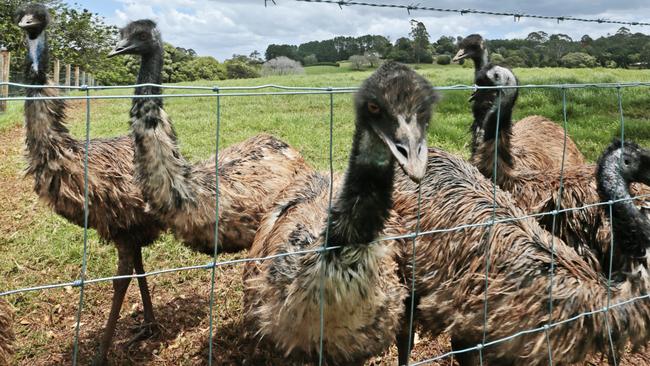
Emu. A large, wild, flightless bird not dissimilar to the ostrich. It shares the national coat of arms with the kangaroo. Emu meat is incredibly lean, which makes it easy to ruin with heat. Much of the bird’s edible flesh comes from the leg/rump. It is especially good raw, with a texture not dissimilar to premium sashimi-grade tuna. At the table: Emu bresaola, Igni, Geelong.
Wattleseed. “You can stick it in a bottle, you can hold it in your hand.” Or you can roast and grind the seeds to release a nutty, fresh roasted coffee aroma that can be used multiple ways from baking to thickening sauces and casseroles, for ice cream, adding to chocolate or beverages. Indigenous Australians crushed the seeds between flat stones to make it into flour and cook into damper and cakes. At the table: Fire-pit pumpkin custard, wattleseed, kutjera and yolk at Orana, Adelaide.
Lemon myrtle. Unique cocktails? “Lemon myrtle is insanely aromatic and adds a lemongrass or lemon and lime oil quality to a drink,” says Ed Loveday of Sydney’s Bar Brose, which uses the leaves like a herb in Brose’s house gin and tonic. “It works really well with Tanqueray No 10 gin and a twist of grapefruit peel.” At the table: Grilled pipis with lemon myrtle, smoked almond and garlic at Paper Daisy, Cabarita, NSW
Warrigal greens. High in antioxidants, Warrigal greens are best thought of as a native spinach, and as such have very broad application. “They start with a herbivorous grassy taste and develop a few metallic bitter end notes as you chew, which gives an interesting finish to a dish,” says Adelaide chef Simon Bryant. “They are a water-wise plant which grows here, so much easier than spinach: they self-seed, so no matter how much love you don’t give them, they will grow right back.” At the table: Steamed vegetable and Warrigal greens dumplings, at Billy Kwong, Sydney.
Marron. Australia’s native freshwater crayfish, live marron are highly prized by chefs and are found only in the streams, rivers and dams of Western Australia. On public land, harvest is strictly seasonal. Handsome and jet black live, they turn a burnished terracotta/red under heat. Best grilled over charcoal. At the table: Marron with finger lime and native herbs, at Firedoor, Sydney.
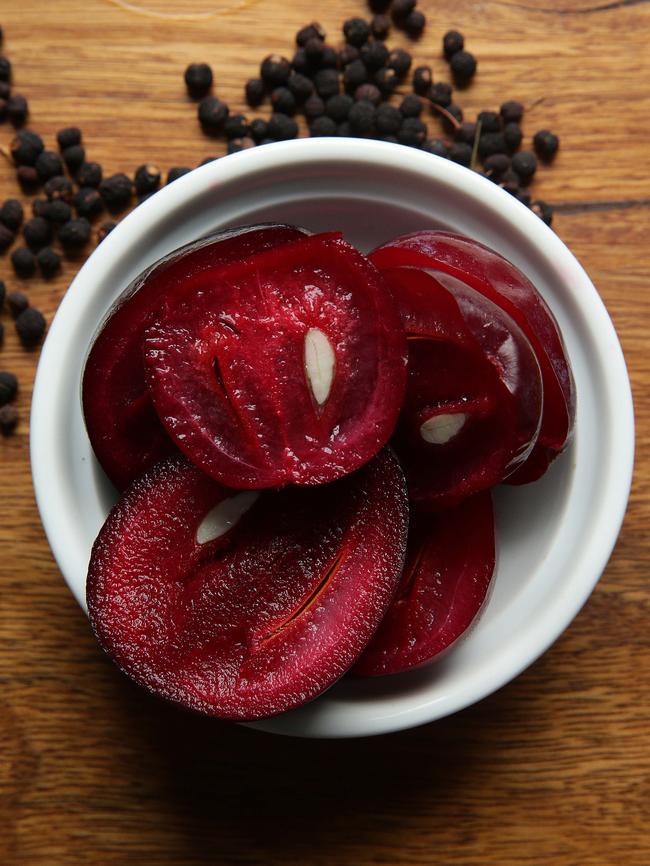
Davidson plum. One of the tastiest bush fruits, these are plum-sized, purplish and juicy when ripe in summer and autumn, if rather acidic. At the table: Seared prawn and Davidson plum at Orana, Adelaide.
Vegemite. Our national breakfast spread, nay, obsession. A brewer’s yeast extract jammed with savoury/umami flavour that Aussies love and everyone else loathes. Well, almost everyone. “Heston was intrigued by the flavour immediately and pretty insistent for some time that we explore a dessert dish based on the spread,” says Blumenthal’s right hand man Ashley Palmer Watts. “There are notes of caramel and a rich chocolate backdrop as well as a yeasty saltiness.” Toasted sourdough, butter and Vegemite could be our national dish. At the table: Vegemite ice cream at Dinner by Heston, Melbourne.
Muntries. With a unique flavour and texture akin to dried apples, muntries are pea-sized, fleshy native fruits. Redzepi made considerable use of the fruit when he did his non-pop up in Australia last year. At the table: Fresh muntries and pistachio, creme fraiche, silver sorrel, nasturtium, at Quay, Sydney.
Saltbush. A shrub often found in arid inland Australia, saltbush’s first culinary fame was with lamb that had grazed on the saline leaves. Now the plant is being used in all sorts of ways: wrapping meats, in salads, as a herb. Noma’s pop-up featured a “porridge” of wattleseed with saltbush — two types of wattleseed in a “porridge” wrapped in saltbush leaves, garnished with finger lime. At the table: Shawarma saltbush lamb rump at 2KW, Adelaide.
Dhufish. Also known as West Australian Pearl perch, the dhufish is a cult delicacy in the west for its sweet, nutty flavour and broad flake. Harvest of these deep-water sea fish is highly regulated. These selective feeders use their large eyes to hunt for squid, prawns and octopus at night, which helps explain the lobster-like flavour. At the table: Dhufish alla brace con salsa d’arancio, at Perugino, Perth.
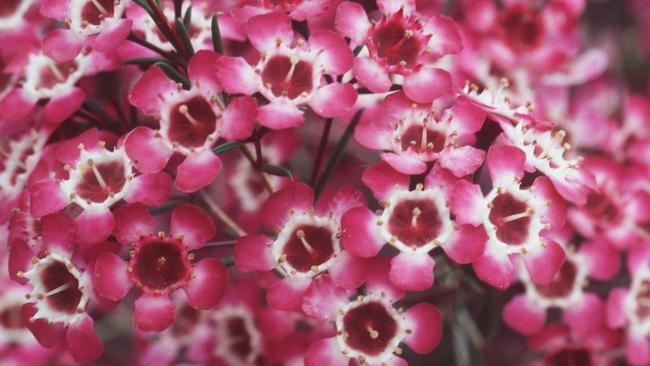
Geraldton wax. A flowering Australian native shrub from WA; its flowers ooze nectar and are highly attractive to bees and pollinating insects. They impart a powerfully limey/lemongrass aroma to any foods cooked with them. At the table: Jumbuck, waxflower oil and desert oak at Attica, Melbourne.
Finger lime. Sometimes called citrus caviar, the roe-like pods of exploding citric zing within this tropical fruit have made a major impact on contemporary Australian cooking in recent years. Adventurous chefs were playing with it long before Redzepi discovered finger lime at Noma Sydney. It has myriad applications, from garnish to cocktails, but is probably most at home with seafood. At the table: Hand-picked Shark Bay blue swimmer crab, preserved daikon, peach, eucalyptus, and finger lime at Wildflower, Perth.
Angasi oysters. A firm, full-bodied native oyster with a deep salty-sweet marine flavour and a mineral finish more akin to a clam. “The angasi is a very special oyster indeed,” says seafood guru and author John Susman. “It has only recently become fashionable with modern farmers due to the comparative difficulty of growing it. Often sought by chefs, the angasi is hard to come by and expensive.” At the table: Cold smoked angasi oysters, aromatic cultured cream, salty ice buds at Quay, Sydney.
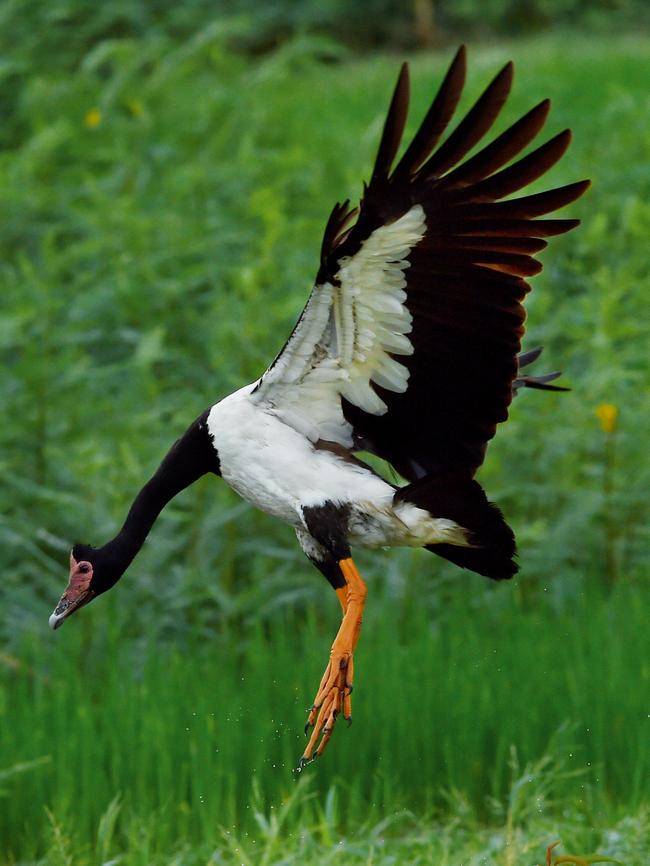
Magpie goose. Difficult to get your hands on because the season is so short, most of the commercially sold magpie goose comes from Darwin. A “dressed” bird comes in at around 1.5kg and they are available only in October November and December. The flesh is darker than duck, dense, and can be served extremely rare. Rich, but with a subtle sweetness. Says Redzepi, who used magpie goose at Noma Sydney: “It’s like the best mackerel you’ve ever eaten. But it’s a bird. So a lot of people won’t enjoy that.” At the table: Barbecued milk “dumpling”, marron and magpie goose, at Noma Sydney pop-up.
Wild barramundi. A revered fish, both for its sport on the line and its culinary reward. According to Susman: “Its status is justly deserved. The flavour and texture of a wild, ocean-swimming barramundi makes for a truly unique experience and the most distinctive taste of any fish in Australia.” He describes wild barramundi as having an intense, earthy fresh shiitake mushroom character with a soft to medium-firm texture that remains moist once cooked. At the table: Mark Eather line-caught barramundi with coriander and jasmine flower broth, at Vue de Monde, Melbourne.
Quandong. Quandongs have been an important traditional Aboriginal fruit. It is somewhat tart, highly nutritious and contains twice the vitamin C of an orange. Similar to a peach, although much more astringent, quandong has found its way into many kitchens exploring the possibilities of native Australian foods. At the table: Beef tendon, macadamia and quandong, at Orana, Adelaide.
Northern Australian mud crab. Although our local mud crab species is found throughout southeast Asia, the muddies found in eastern and northern Australia have their own distinctive flavour and texture. Bought live, the flesh has an outstanding sweetness once quickly cooked. Best appreciated via a fusion of Queensland produce and Singaporean-style chilli wok braising. At the table: Queensland mud crab, green garlic and tarragon, at Cirrus Dining, Sydney.
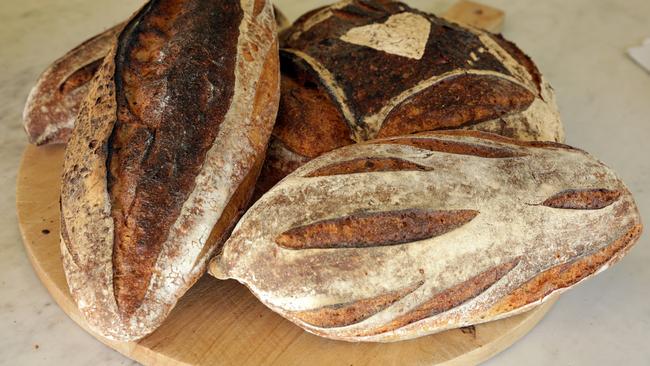
Iggy’s Bread. Saveur magazine describes Iggy’s Boston store thus: “Husband-and-wife team Igor and Ludmilla Ivanovic changed the Boston bread scene when they opened their groundbreaking Watertown bakery … in 1994.” Iggy’s was declared “one of America’s 20 most important bakeries”. The Sydney store, in Bronte, is almost certainly home to Australia’s best bread. “Apart from the man and his bread, his bakery uses all the heat from the ovens to produce electricity and heating/cooling for the bakery, his residence and a couple of his neighbours,” says stellar chef Ross Lusted. “His knowledge of Australian flour and produce is great.” At the table: most of Sydney’s best restaurants.
Additional Reporting: Kate Lethlean



To join the conversation, please log in. Don't have an account? Register
Join the conversation, you are commenting as Logout